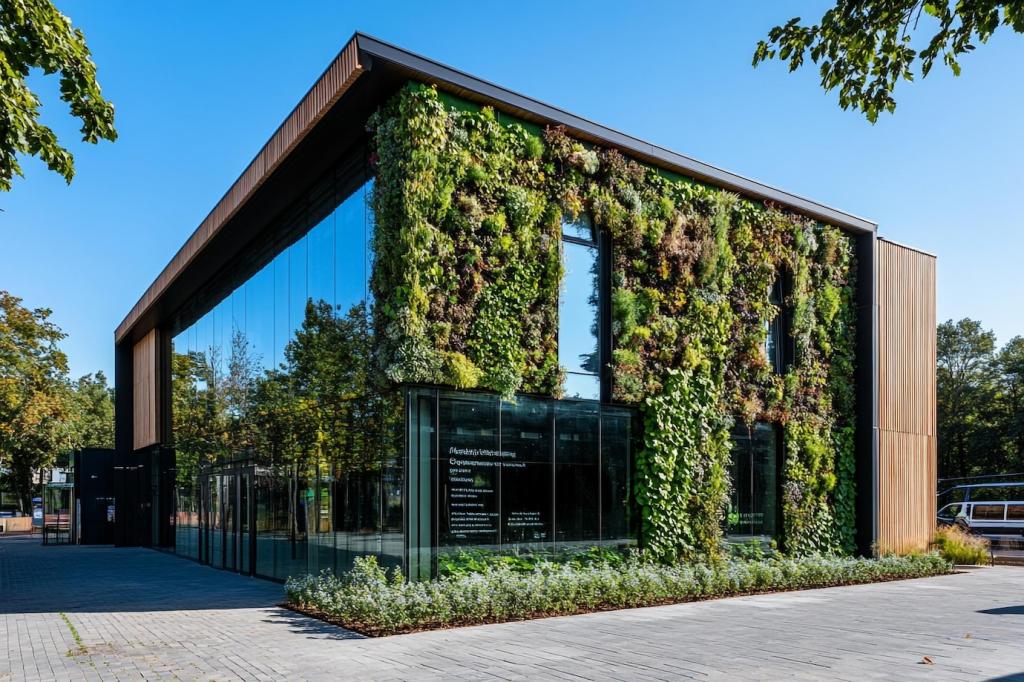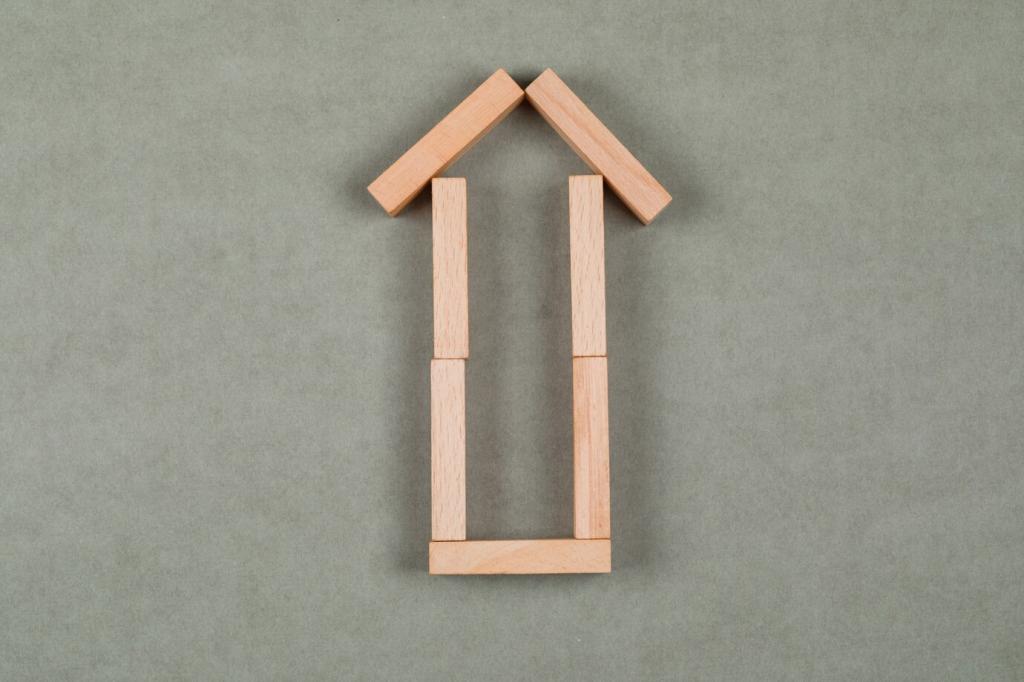Smart Technology for Sustainable Home Upgrades
Integrating smart technology into your home isn’t just about convenience—it’s a crucial step towards making your living space more sustainable and eco-friendly. Harnessing intelligent systems can dramatically reduce energy consumption, conserve water, and help you make informed decisions about your home’s environmental impact. With sustainability at the forefront of modern innovation, choosing smart solutions is a proactive investment in a cleaner, greener future.
Energy Efficiency Through Automation
Smart lighting systems enable homeowners to optimize energy use by automating brightness levels and scheduling on-off cycles according to occupancy and daylight availability. These solutions not only provide comfort and convenience but also ensure that lights aren’t left on when not needed, significantly cutting unnecessary electricity consumption. Over time, the integration of smart lighting contributes to lower energy bills and reduced environmental impact, all while enhancing the aesthetic appeal of your spaces through customizable ambience.


Smart Leak Detection Systems
Undetected leaks can lead to substantial water loss and significant property damage. Smart leak detectors use sensors to monitor pipes and fixtures, sending immediate alerts to your smartphone at the first sign of trouble. Some systems even shut off the water supply automatically to prevent flooding. By providing rapid detection and response, these technologies save water, avert costly repairs, and give homeowners peace of mind.

Intelligent Irrigation Controllers
Traditional lawn watering often leads to overuse and waste, but smart irrigation controllers adapt watering schedules based on weather forecasts, soil moisture, and plant types. These systems adjust in real time, providing exactly the right amount of water to keep your landscaping healthy while conserving this valuable resource. With detailed usage data and app-based control, homeowners can fine-tune their irrigation mechanics to achieve maximum efficiency and environmental benefit.

Water-Saving Fixtures and Usage Monitors
Modern water-saving fixtures, such as smart faucets and showerheads, combine low-flow technologies with digital usage monitors to encourage conservation. These devices track how much water you use and can provide daily or weekly feedback, helping you understand and reduce your consumption habits. Some even include touchless controls or timers to make efficient use a seamless part of your daily routine, supporting a more sustainable home without sacrificing comfort.
Enhancing Air Quality and Wellness
Connected Air Quality Monitors
Today’s smart air quality monitors continuously track a range of pollutants, including particulates, VOCs, and carbon dioxide, offering real-time insights via mobile apps. Detailed reports empower you to identify trends and problem areas, guiding choices such as when to ventilate or run purifiers. Accurate, instant feedback makes it easier to maintain healthy indoor air, particularly in homes exposed to city pollution or allergens.
Automated Ventilation and Filtration
Smart ventilation systems go beyond simple fans by using sensors to monitor air quality and humidity, automatically adjusting airflow and filtration settings to maintain optimal conditions. Integration with smart thermostats ensures that ventilation works hand-in-hand with heating and cooling systems, reducing energy waste while supporting a healthier environment. These solutions are especially valuable in airtight modern homes, where controlled airflow is essential to sustain comfort and wellness.
Allergen and Humidity Management
For those sensitive to allergens or living in areas with extreme weather, smart dehumidifiers and air purifiers intelligently adapt to indoor conditions. These systems monitor humidity levels and allergen concentrations, running only as needed to maintain balanced air quality. Over time, this not only improves household comfort but also reduces energy consumption by operating more efficiently than traditional standalone devices.
